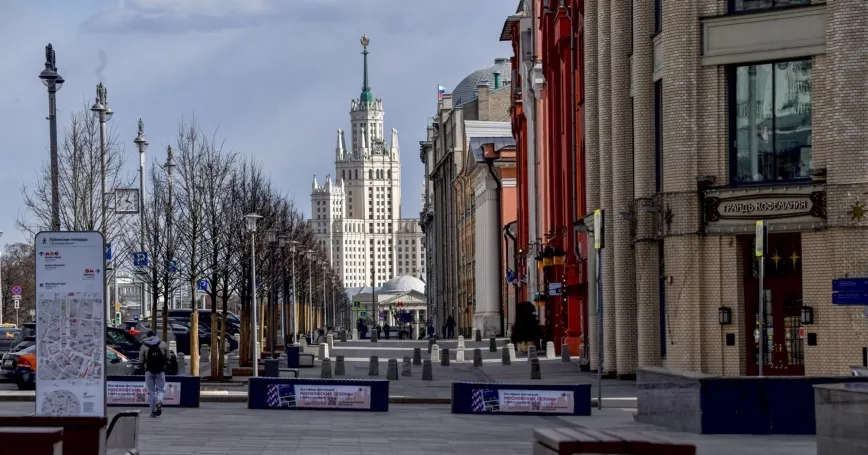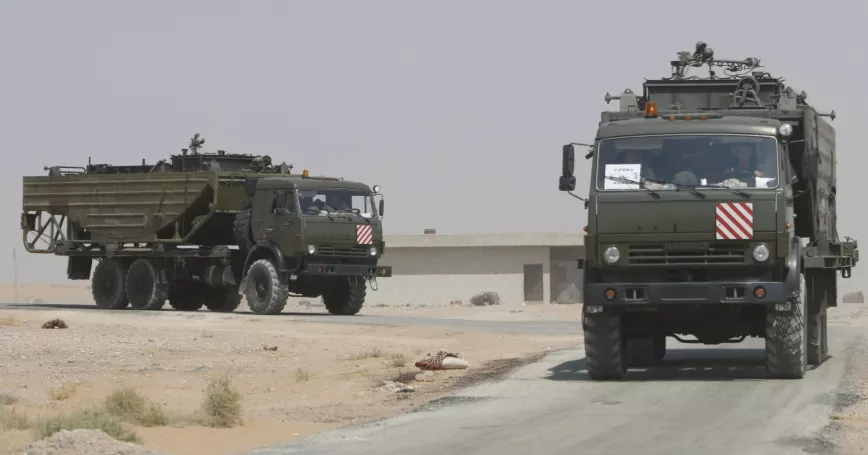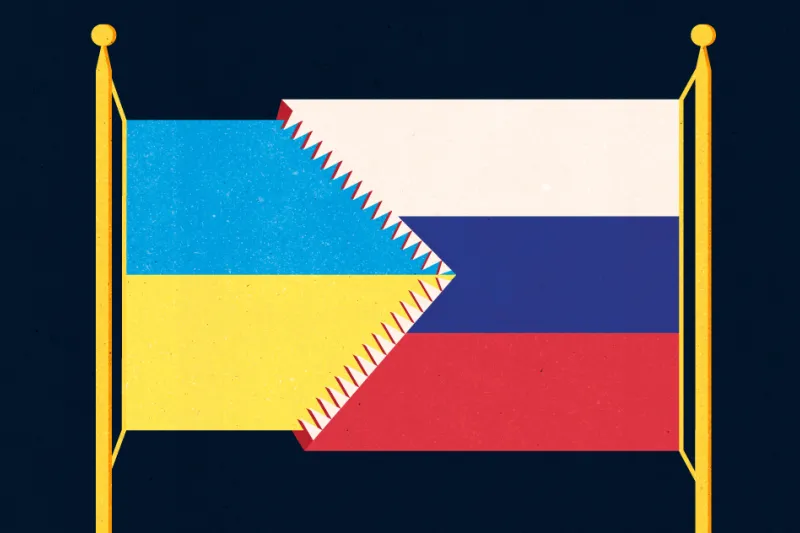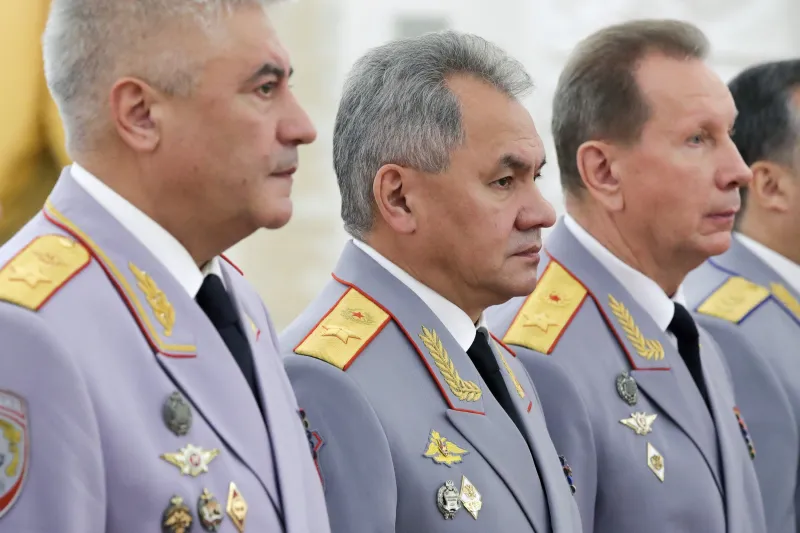240 Russian Air Strikes Target ISIS in Syrian Desert
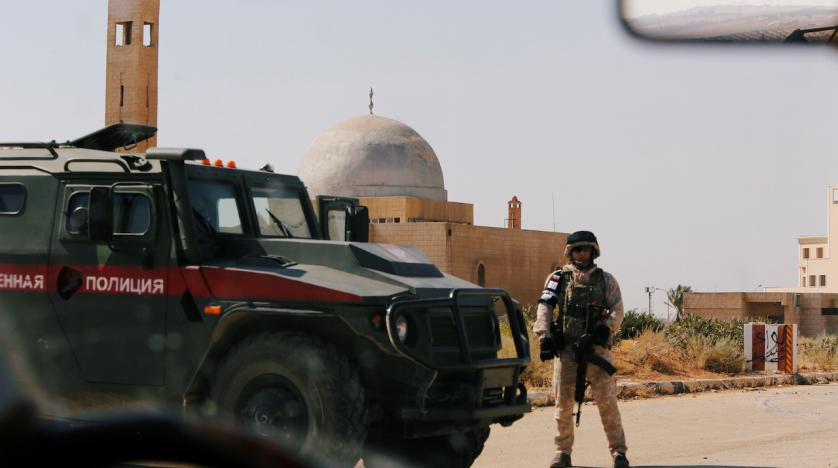
The Russian army has expanded its military operations in the Syrian desert region since early April, following the decline of its operations in March and late February, the Syrian Observatory for Human Rights (SOHR).
The Observatory indicated that the Russian fighter jets launched 240 air raids on the Syrian desert since early April.


